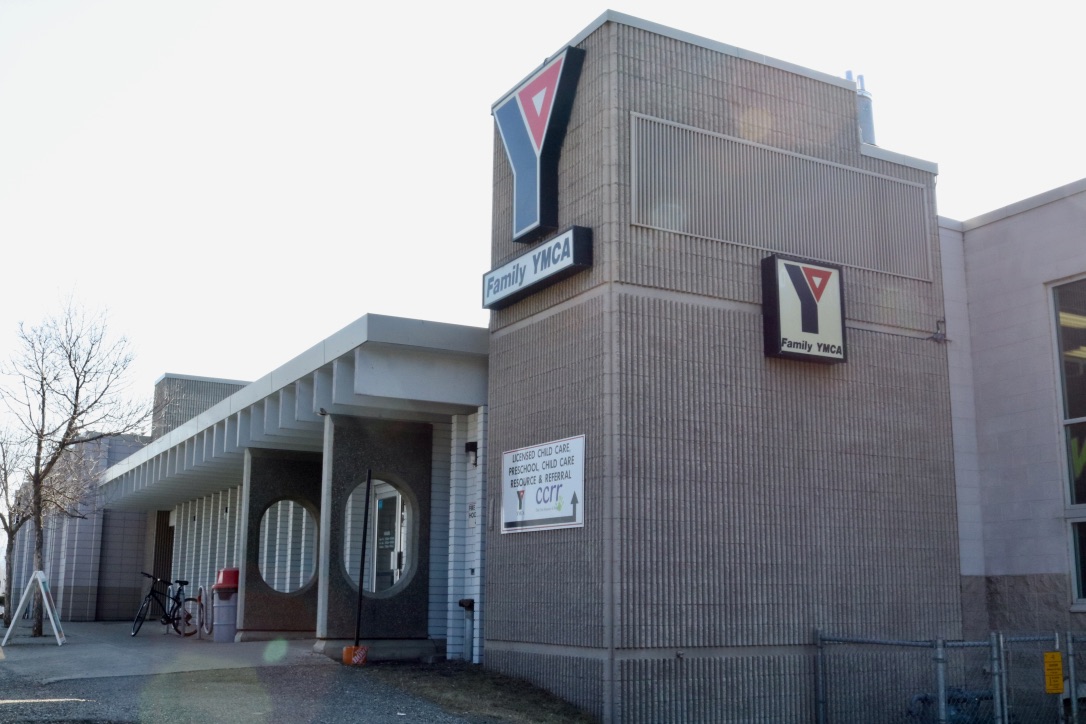Some young parents are reserving childcare spaces for their children the second they become pregnant.
This is because wait times for a space in a daycare or early childhood education program in Prince George are running as high as three years across the board.
How did we get to the point where the waitlists for infant and toddler childcare are longer than a child is an infant and a toddler?
My PG Now reached out to the Ministry of Jobs, Economic Development and Innovation, the Ministry of Education and Childcare, and local childcare centers to find the answer to that question.
There are 555 YMCA childcare spots in Prince George, according to Lynette Mikalishen, YMCA BC’s Northern Director of Child Care Services.
Some smaller daycares around town, like Kool Cats Kid Care, run with 45 spaces.
Both Mikalishen and Stacy Neskar, the Kool Cats Before and After School Centre Facility Manager, say their wait lists are years long.
“We are currently estimating around two and a half years,” Mikalishen told My PG Now. “It is extensive.”
“We are at 88 [names long],” Neskar said,
“and I call every year to find out who still wants to be on our waitlist, and some people have been on it since 2018.”
Kool Cats is opening a second location next to Malaspina Elementary School in College Heights that will have 24 infant and toddler spaces, 25 openings for three to five-year-olds, and a classroom split between preschool and kindergarten.
The facility is not open yet and has never had a child through its doors, but already Neskar said the waitlist for the infant and toddler range is over 200 names long, and three to five is over 125.
It is worth noting that many parents will be on multiple waiting lists at once.
Both Mikalishen and Neskar agreed that the wait list issue has been long-standing, but it has really taken a turn for the worse in the last year or so.
Mikalishen suggested the recent measures that have made childcare more affordable (for those who can find it) are great, but have also increased the number of kids who are retained in these programs from year to year, where before they saw more turnover.
She also said returning from the pandemic has highlighted the need for staff and space availability, as it has in nearly every other area of employment.
Neskar suggested her list could largely be blamed on geography.
“In College Heights, there is not a lot of after-school care options, and there is not a lot of options where transportation has been provided,” she said, echoing what many parents and critics have been vocal about – there are simply not enough spaces to meet the current need.
“There is a lack of early childhood educators (ECE),” Mikalishen explained. “We need to build a workforce that can fill centres and give people confidence that if they build centres, they will have the staff to support it.”
The province has recently been making a push to try and build this workforce, in British Columbia ECE’s are eligible for a government $4 an hour top up.
“Early Childhood Education is a viable career… the average wage is around $25 for new ECE’s with that [top up],” Mikalishen continued. “Just recognizing the importance of the work that ECE’s do so that people choose to be an ECE… we need to promote the workforce.”
Neskar suggests all daycare workers should be offered the same type of benefit – after-school care workers do not require ECE certification and therefore most are not eligible for the wage increase.
The lack of spaces is an issue that the provincial government told My PG Now they are well aware of.
Grace Lore, Minister of State for Child Care, provided My PG Now with a statement on childcare, which it reads:
“We recognize some families are having difficulty finding child care. Under the former government, childcare was treated as a luxury. Years of neglect and a patchwork system of low-quality, inaccessible and unaffordable child care led to a lack of spaces, long waitlists and other issues.
That’s why we are improving access to child care and have funded more than 30,500 new licensed childcare spaces in communities throughout B.C. since the launch of ChildCareBC in 2018. In the Prince George region alone, the Province has funded 811 childcare spaces for creation, with 304 already operational.
We know there’s more work to be done, and we are taking action to make affordable, accessible, quality and inclusive child care into a core service that families can rely on.”
Of the 30,500 new licensed childcare spaces in BC, only 10,500 are currently operational, suggesting help may be on the way.
She said 11,000 ECE’s are benefitting from the $4 an hour top-up in BC, but only 350 are in the northern region.
Lore also said in 2022, nearly 51,000 more women in the province were a part of the workforce than the year before – and citied “accessible, affordable child care” as a reason contributing to BC’s low unemployment rate – 4.4%.
Minister of Jobs, Economic Development, and Innovation, Brenda Bailey, also sent My PG Now a statement on childcare and employment.
“There are 104,000 more people working in B.C. now than prior to the pandemic, including 68,000 more women. Three-quarters of B.C.’s job growth in 2022 was driven by women’s employment.
This reflects our work to expand access to affordable, accessible, quality, and inclusive child care that is helping to get more people back in the workforce, as well as reducing childcare fees by up to $900 per child per month to help more people enter the workforce.
We continue to hear from businesses that the biggest challenge they’re facing is the need for people. Our 2022 Labour Market Outlook shows us that B.C. will have more than one million job opportunities over the next decade. This spring, we will be launching our new Future Ready action plan to build on our work to make education and training more accessible, affordable, and relevant. It’s a plan that will provide more opportunities for people in every part of the province to expand their skills for high-demand, well-paid jobs and help employers access the talent they need.
With one of the strongest economic recoveries in the country, this reaffirms that our StrongerBC Economic Plan is working with a continued focus on having the backs of businesses and workers as we get through challenging times together.”
While the government says more people at work than ever before is a testament to our childcare system, it has also clearly put more strain on it than ever before.
“[this week] alone, one of my senior managers took several phone calls from frustrated parents,” Mikalishen said. “Our hearts break. Our hearts literally break. Lots of these people are professional people who are really needed… and these people can’t go back to work.”
“We have a true heart for what they are facing. Unfortunately, we don’t have a magic wand to have space for you in the next month, or six,” she said.
Neskar said parents are still shocked, but not surprised, by the wait time whenever she asked.
“It is the same situation for [all daycares]. A lot of parents will call and are scrambling,” she said. “They have stayed home with the little ones and are now looking for after-school care for those entering kindergarten.”
My PG Now also spoke with a handful of local parents who have been stuck on these wait lists, some of which have had to lose their jobs to stay home with their kids because they can not find child care.
Their story will be published on Saturday.



